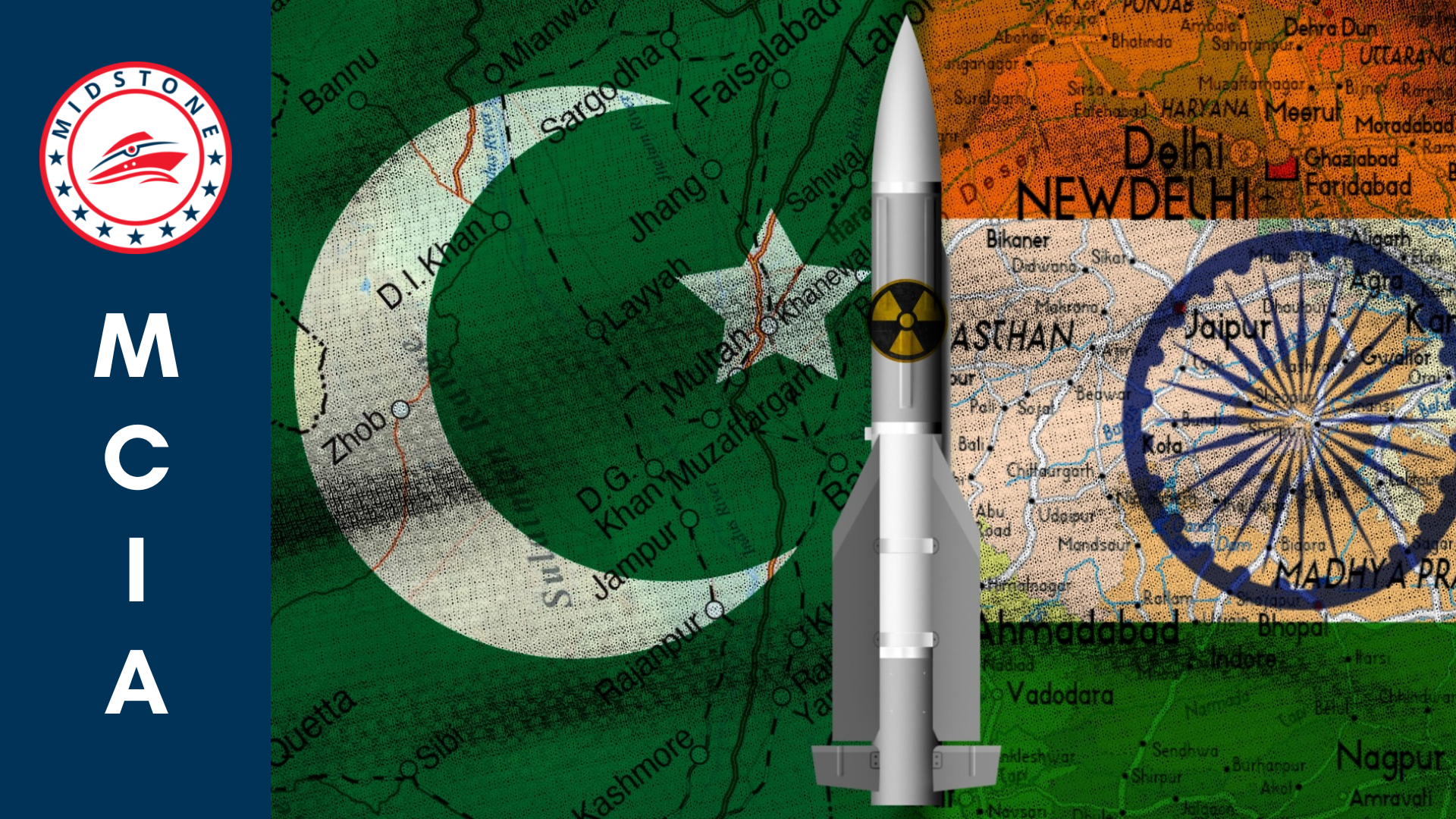
For decades, Pakistan has engaged in proxy and unconventional conflicts with India, with collateral damage often a byproduct. Over the past twenty years, the country has experienced several instances of urban warfare, resulting in the loss of approximately one hundred thousand citizens, including ten thousand security personnel.
In recent years, jihadist activists accused of involvement in terrorist activities in India have been assassinated under unclear circumstances across Pakistan. Pakistani officials have attributed these assassinations to India, suggesting a substantial presence of Indian intelligence agents capable of targeting identified militants.
On the night of 7th May, Indian surgical strikes targeted specific locations in Pakistan, including sites associated with jihadist organisations. The strikes reportedly resulted in the deaths of individuals identified as jihadist activists, along with some of their family members residing in those areas.
India carried out its missile strikes successfully, while Pakistan failed to intercept any of them. Despite knowing about the attacks a week in advance, Pakistan couldn’t stop the missiles from hitting 24 locations across several cities. This clearly shows that no place or person in Pakistan is beyond the reach of Indian missiles.
According to a recent report by the Jerusalem Post, Indian forces have reportedly neutralised Abdul Rauf Azhar, who is alleged to be involved in the murder of Daniel Pearl. However, Pakistani media claims he’s still alive.
Recent events have challenged the long-held belief that nuclear capabilities would prevent attacks on Pakistan. For the first time in fifty years, India has conducted military operations deep inside Pakistan.
Pakistan has advanced missile technology capable of targeting Indian cities and holds nuclear capabilities comparable to India. However, India has demonstrated its ability to operate within multiple locations in Pakistan. At least nine cities, including Lahore and Karachi, were targeted. Areas near Khyber Pakhtunkhwa were also affected by the attacks.
It has been confirmed that all of Pakistan is within the operational range of Indian weaponry. Even the General Headquarters in Rawalpindi was within range, as a drone also targeted the area. The recent strike in DHA Lahore showed that even the families of military officers are not exempt from such attacks.
India seems to have taken advantage of Pakistan’s inability to prevent standoff strikes and appears confident in keeping that edge. The Indians conducted strikes using drones, reportedly of Israeli origin.
In March 2022, India’s BrahMos missile accidentally landed in an open field in Pakistan. Indian authorities called it a mistake and suspended three officers. The incident gave India valuable insights, showing that Pakistan neither intercepted nor deterred the missile within its airspace.
Pakistan’s security doctrine was put to the test by the Indian strikes, compelling a military response to avoid appearing strategically vulnerable. On 8th May 2025, Pakistan claimed to have intercepted and downed 6 Indian fighter jets, including a Rafale, marking a significant operational success. International media has confirmed that at least two or more Indian jets were indeed shot down. This follows the 2019 incident where Pakistan downed an Indian jet and captured its pilot, underscoring the perceived gap in India’s tactical air defence capabilities.
Despite Indian denials, reports from international media and local sources indicated mounting evidence of aircraft losses in Indian-administered Kashmir and other areas.
China’s strategic interests have become more evident in the current conflict. For years, China has supported proxy groups in India but has avoided direct military engagement. Now, Pakistan has become a testing ground for China’s newer military capabilities, including advanced weaponry previously untested in active combat.
According to the Financial Times, Pakistan has shifted from using lower-end Chinese equipment to deploying more advanced systems against India’s high-quality Western-made armaments, including Rafale jets and S-400 systems. Yun Sun, a Chinese military affairs specialist, noted that the conflict serves as “the best advertisement” for China’s military hardware.
The United States has also taken a keen interest in the conflict, particularly in how the S-400 performs against advanced Pakistani and Chinese systems. In 2022, the US expressed strong disapproval of India’s decision to acquire the S-400, warning that it might compromise regional security. The ongoing conflict offers a rare opportunity to assess the S-400’s effectiveness in real combat scenarios.
India’s aggressive stance, including the use of drones and missile strikes, has challenged long-standing assumptions that nuclear capabilities would deter direct military action against Pakistan. For the first time in decades, India’s operations have openly targeted major urban centres, indicating a shift towards more conventional and pre-emptive warfare strategies.
Pakistan’s response has also raised questions about its ability to maintain a credible deterrence posture. While Pakistan asserts that its actions have been purely defensive, it has hinted at retaining the option to escalate further, potentially involving unconventional warfare in Indian-administered Kashmir and Punjab.
The conflict remains at a critical juncture. Both sides have achieved some of their strategic objectives, but at a cost. The conflict could either de-escalate with diplomatic intervention or intensify, leading to further civilian casualties and regional instability.
For India, protecting its advanced defence assets like the Rafale jets and S-400 systems is now a top priority. For Pakistan, the focus will be on countering India’s airspace dominance and maintaining a credible deterrence posture.
As regional powers like China continue to leverage the conflict to showcase their military capabilities, and as the US watches closely for signs of Russian equipment vulnerabilities, the stakes remain high for all involved.
